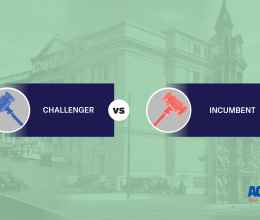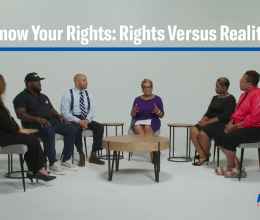Should you spend life in prison for something you did as a teenager?
That is the question that was put before the Ohio Supreme Court last Wednesday in Moore v. State of Ohio.
In Mahoning County in 2002, Brandon Moore was tried and convicted as an adult for armed kidnapping, robbery and gang rape. He was 15-years old when the crimes were committed.
After an appeal, Moore was sentenced in 2008 to serve back-to-back terms totaling 112 years in prison. He will not be eligible for parole until the age of 92. It is highly improbable he’ll ever be released from prison.
There is no denying that the crimes Moore is convicted of are terrible. But how can we justify the slow death of a 112-year prison sentence to someone who committed their crimes at such a young age?
Why It’s Unconstitutional
Studies on adolescent brain development have found that children are “less culpable and more amenable to rehabilitation than adults.” This research was pivotal in two groundbreaking rulings.
Read our blog, "Ending the ‘Adultification.’"
In 2010, the U.S. Supreme Court ruled in Graham v. Florida that life-without-parole sentences for juveniles who committed non-homicidal crimes violate the Eighth Amendment’s ban on cruel and unusual punishment. It held that young people must be offered a “meaningful” or “realistic” opportunity for release. Two years later, in Miller v. Alabama, the Supreme Court decided that mandatory sentences of life, without the possibility of parole, are unconstitutional for juveniles.
Moore’s attorneys argued that requiring him to serve 112 years in prison—whether it’s one sentence or multiple sentences—is unconstitutional. The punishment is a life-without-parole sentence, they said.
Backsliding on Reform?
If Moore wins the case, he’ll be re-sentenced and guaranteed a meaningful opportunity for release. If not, he will die in prison having served an unconstitutional sentence that violates the ban on cruel and unusual punishment.
Ohio has made some substantive reforms in juvenile justice in recent years, like ending the use of seclusion, also known as solitary confinement, in youth detention facilities. Officials stopped using seclusion because they recognized children are different, and need to be treated in a way that would support their rehabilitation. It would be a shame if the state undermines those efforts by allowing people to die in prison for crimes they committed as children.









